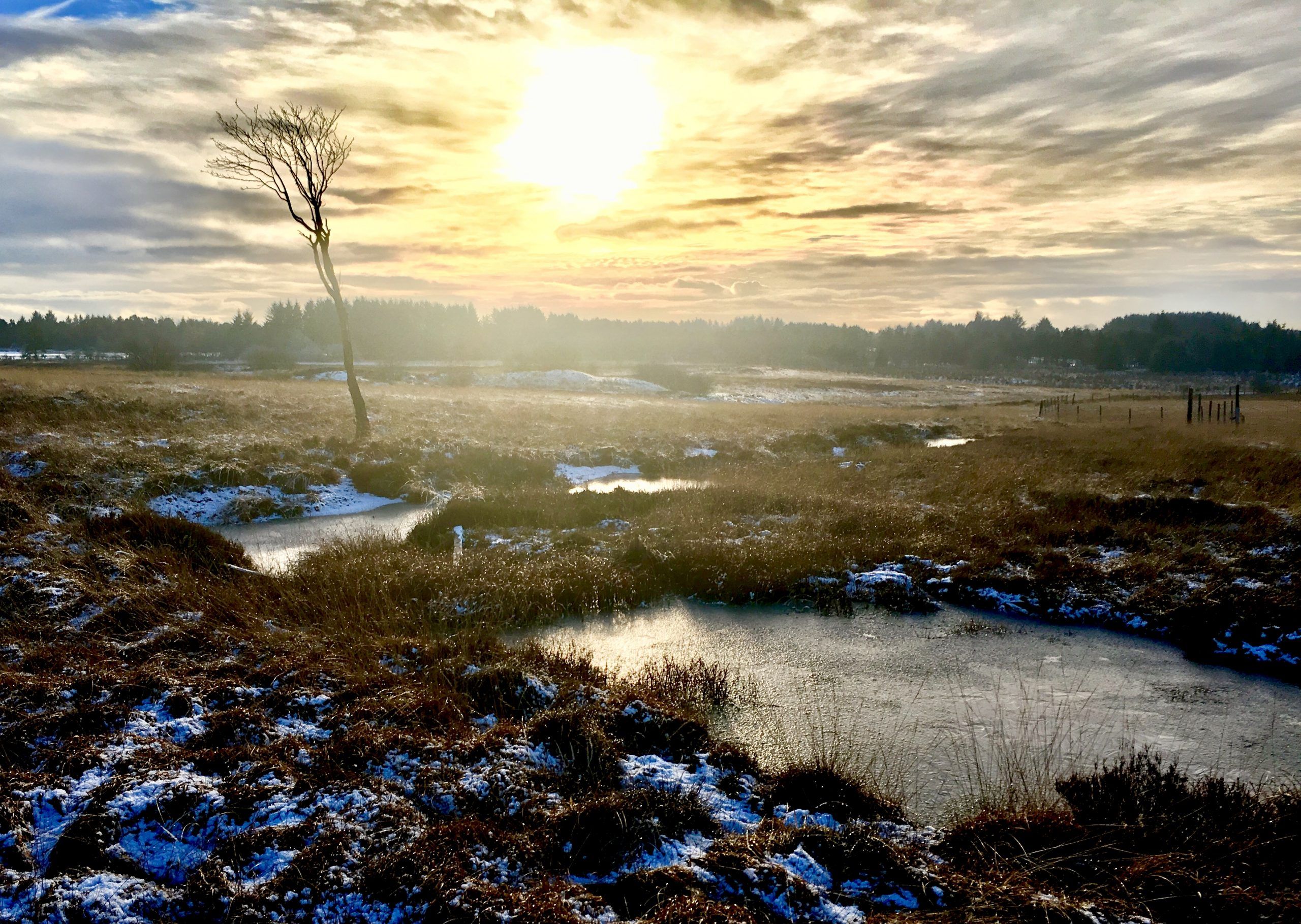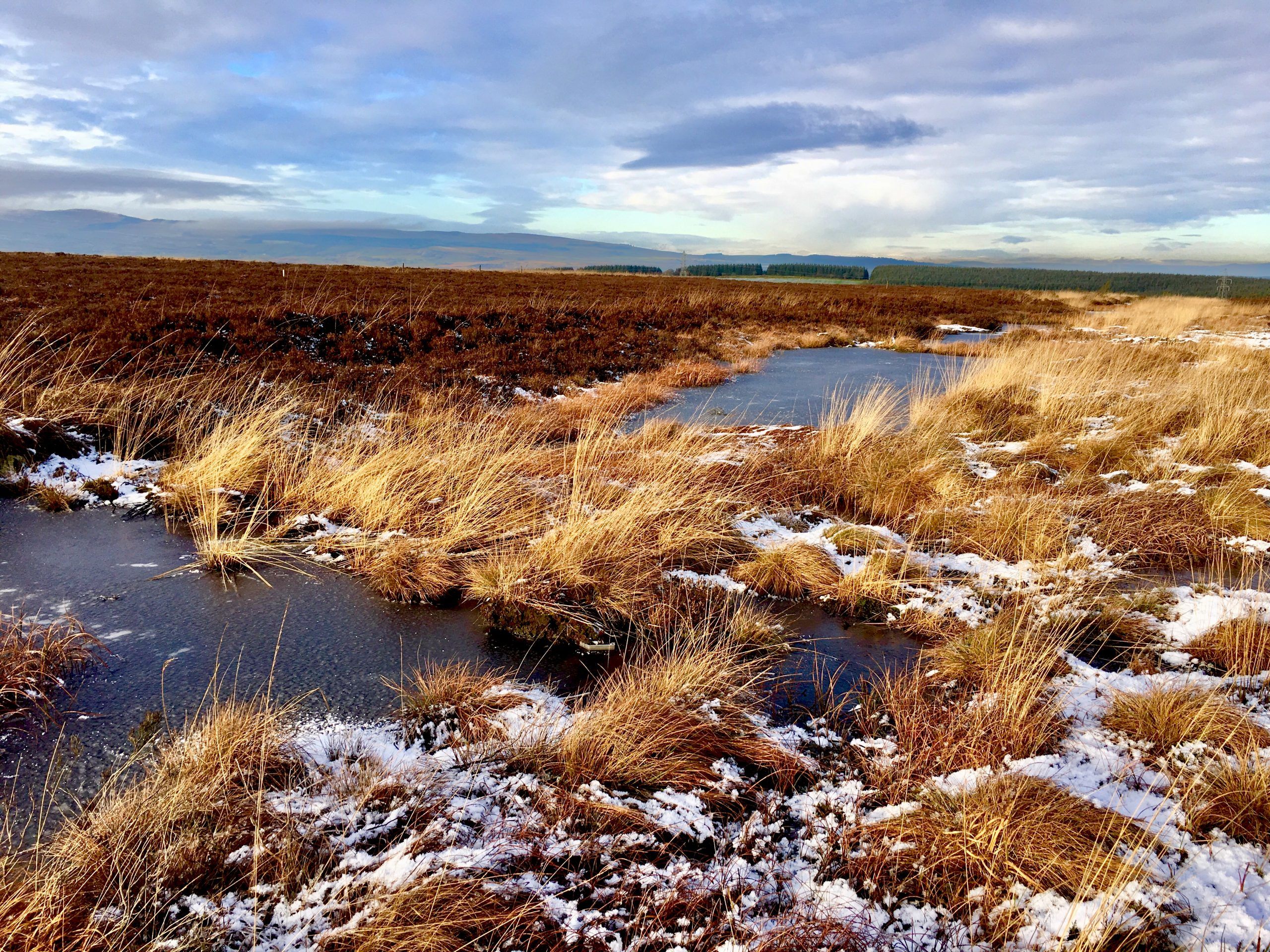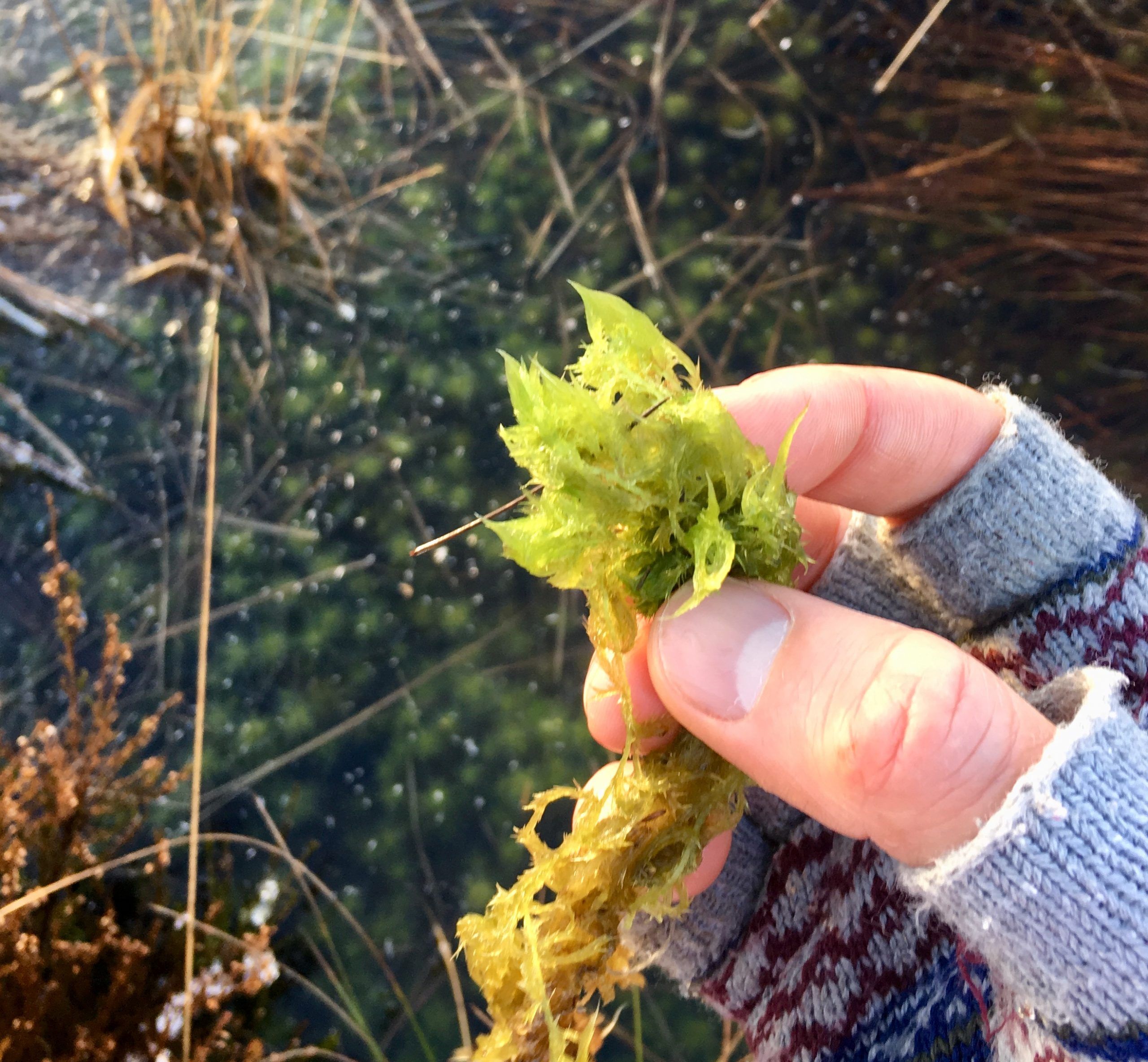Lowland raised bogs are a peatland habitat that create raised domes of peat on wet impermeable substrate, such as clay. They are formed by sphagnum moss and are home to a host of specialist and often rare biodiversity. Lowland raised bogs facilitate water flow regulation and store a massive amount of carbon. Unfortunately we have lost over 85% of our lowland raised bogs due to a number of factors.
Action Needed
- Promote peat free compost and move to ban the commercial sale of peat
- Peatland restoration
- Ensure forestry isn’t planted or replanted on deep peat.
Threats
- Burning- Damages sphagnum, adds nutrients to the bog and creates a hard crust, ensuring the water runs off rather than soaking into the bog.
- Peat extraction – Removal of peat in existing and proposed new areas.
- Landfill development – Use of cut-over bogs for landfill
- Afforestation – Trees (and associated furrows) dry out neighbouring areas and act as an invasive seed source.
- Drainage – Neighbouring agricultural areas require lowered water levels via marginal ring-ditches and other intrusive drainage measures. Drying out the raised bog through drainage allows invasion by scrub and trees which it turn speed up the drying out process and lead to the loss of special habitat and fauna.
- Water abstraction – Abstraction of water within the catchment area will have an adverse effect on the hydrology of a raised bog.
- Terrestrial and Water Pollution – Run-off from agricultural land (fertilisers and pesticides) will damage the ecology of the bog.
- Air pollution -an excess of nitrogen in the air can effect nutrient deposition in the bog damaging sphagnum and plant growth.
- Livestock & game management – Drainage, trampling, burning, contamination with feed, medicine and droppings.
- Built development (roads etc) – Apart from direct impact from pollution, the natural hydrology is disrupted by barriers, drains and compaction from the traffic.
- Climate change – Fluctuation in precipitation and temperatures can affect sphagnum growth.
MSP Nature Champion





